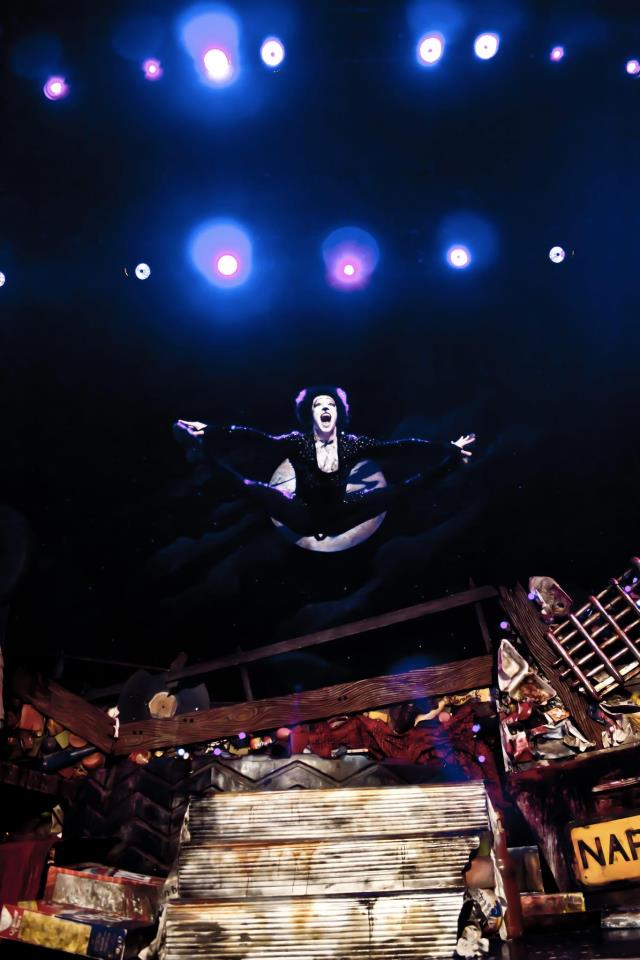 A relatively late starter, Dane Quixall began dancing aged 16. He went on to gain a Full Scholarship at the Urdang Academy aged 18, and upon graduating, joined an International Touring Company. With a stellar success story such as Dane’s, with credits such as CATS the musical, it is any wonder that he is a true professional and works incredibly hard.
A relatively late starter, Dane Quixall began dancing aged 16. He went on to gain a Full Scholarship at the Urdang Academy aged 18, and upon graduating, joined an International Touring Company. With a stellar success story such as Dane’s, with credits such as CATS the musical, it is any wonder that he is a true professional and works incredibly hard.
When did you begin dancing, where and why?
I started dancing around my house when I was about 16 after seeing the video of CATS. I used to watch it EVERY night and dance along. I went to drama clubs prior to this and attended a local dance school on a Saturday where we used to learn routines, but I didn’t learn to do a plié until I was 18.
What were your early years of dancing and training like?
I attended the Urdang Academy in Covent Garden on a Full Scholarship and I am so thankful for that. I found training difficult as I had to work every night and weekend to pay for my rent, food and travel. A typical day was getting up at 6am to leave and get to central London to start Ballet at 8.45am, classes all day until 6p, and then start work Front of House at 6.15pm. I would work until 11pm, get home by 12pm, sleep for 6 hours and start again. I was tired and moody the whole time so not the best experience of my life, but it made me grow up and I learnt a lot in those 3 years.
A typical day…
I would start with ballet and we had great teachers who really gave a great basic training in the first year, which helped me to get to the standard of others who had been dancing since they were 3 years old. We had contempary classes, tap classes, singing lessons, gymnastics, jazz classes and acting classes. I enjoyed most of the lessons but I NEVER do, and still don’t, think of myself as a ‘dancer’. I think of myself as a Musical Theatre performer, so I much perferred the jazz classes and Musical Theatre lessons and workshops.
At the moment…
I have just finished 3 years and just under 800 shows of CATS on the European Tour, playing nearly all the boys and on occassions some of the girls! I’m resting until the end of January 2014 when I start rehearsals again for the UK Tour of CATS again as a Swing.
A typical day now…
When performing I usually get up about 11am. I have never been a morning person so working nights is great for me. If I’m on that evening I usually get a call around that time to let me know which character I am going to play. I would then spend time thinking about that ‘track’ and maybe watch the DVD if it has been a while. I prefer to do this early in the day an once I get to theatre I can go over the finer details after warm up, if there is partner work or a number, for example.
I would usually leave for the theatre about 2pm, go and get lunch about 3.30pm so it has time to digest and give me energy. I like to get to the theatre in enough time so my make up and wig is on and ready for warm up (as I don’t want to sit down for another 30 minutes after the warm up). The show starts at 7.30pm and if I’m on stage its non stop for 2 and a half hours. Unfortunately the show looks easy and effortless, and I guess it’s supposed to as you never see a Cat out of breath (!) but sometimes I wish people could understand just how difficult it is. It’s over 30 hours a week of cardio! You are always on stage or in the wings for 30 seconds to do a change, but you are always crawling, jumping, running and leaping.
The show finishes about 10.30pm so I try and take 5 minutes to stretch and then take my make up off. I would have had a few snacks throughout the show but I’m usually starving by the end, so probably have some food, a bath and then try and relax… and then bed!
How long have you been performing?
I guess I have been performing since Junior school, doing little plays and things like that. As for performing professionally, I left Urdang and within 3 weeks I had signed my first contract for a UK Tour, so I have been a professional since 2005. I have had the odd time when I’ve had to do other work, but most of the time I have already had a job to go to… I’m very lucky.
Did I start young?
No, but I really wish I had. I would have loved to have done gymnastics, although I think I would have wanted to be a rhythmic gymnast! But, the thing about starting late is that I really knew it was what I wanted and I was going to get it, no matter what. I don’t know if it was arrogant or childhood fooliness but the thought of me not acheiving was never there. I wasn’t competitve with anyone else, just myself; I want to be the best that I can be.
Do I still take classes?
Absolutely. You have to look after yourself and I enjoy it so much. It takes my mind away from everything. I go to class and I watch YouTube a lot for inspiration. When I was growing up the Internet was very new: people now can learn anything from the Internet. I had a few programmes and a few videos to inspire me.
Whats the best part of performing?
The best part is that I’m living the dream. I feel very lucky to be able to do that and that I can bring joy to other people with this show, which changed my life. As I am getting older I also understand that we are all human and I go to work each day and give the best I can. I might be sick or upset or exhausted, but I try my best. I can only give what I have on that day. Somedays are better than others – but with CATS if you’re angry you can use that in the show and usually after the Jellicle Ball you’ll feel great – you’ll want to be sick, but you’ll feel great!
What advice would you give to someone aspiring to be part of ‘the industry’?
My advice is that you have to work extremely hard and enjoy doing that, or this business might not be for you. With reality TV shows at the moment ‘Show Business’ is very popular but people believe that they don’t have to work hard and they can just go to one audition! It takes years of training and countless rejections before you will get anywhere. If you want security and a nice house and a car by 25 years old, this isn’t the business for you. You have to be honest with yourself and go for parts that you are right for. You never stop learning, and try and be nice, because NO ONE wants to work with someone who is difficult and arrogant! The last thing is ‘HARD WORK beats Talent when Talent doesn’t WORK HARD!’
 Britain’s national contemporary dance company Rambert has taken up residence in its new home on London’s South Bank, which includes dance studios, treatment and body conditioning rooms, workshops, offices and an archive. The location has been made available to Rambert by Coin Street Community Builders in return for a commitment to provide a significant community dance programme in the local area, and for a rent of one pair of ballet shoes a year. The facility will nurture, develop and realise the creative visions of the best of today and tomorrow’s choreographers and dancers; the ambition is that the landmark dances for the next 100 years will be created in the building, therefore giving dance a permanent home on the South Bank
Britain’s national contemporary dance company Rambert has taken up residence in its new home on London’s South Bank, which includes dance studios, treatment and body conditioning rooms, workshops, offices and an archive. The location has been made available to Rambert by Coin Street Community Builders in return for a commitment to provide a significant community dance programme in the local area, and for a rent of one pair of ballet shoes a year. The facility will nurture, develop and realise the creative visions of the best of today and tomorrow’s choreographers and dancers; the ambition is that the landmark dances for the next 100 years will be created in the building, therefore giving dance a permanent home on the South Bank
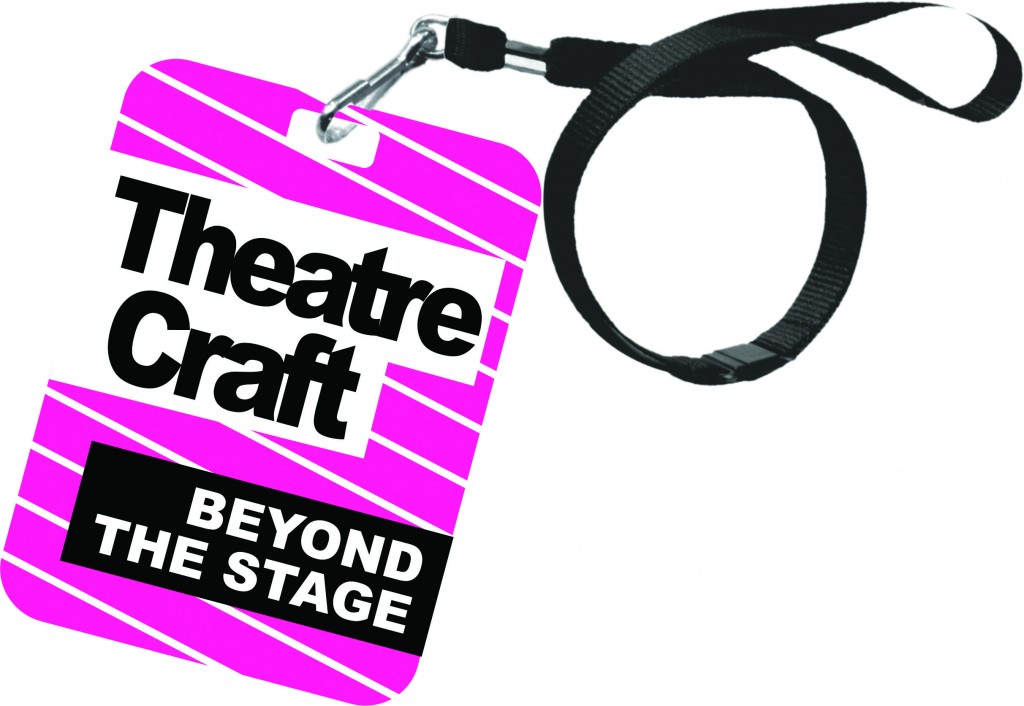 Future theatre-makers came together at the Royal Opera House earlier in November as part of the huge theatrical careers fair TheatreCraft. Over 1,000 passionate 16 to 25 year olds attended the free event to learn more about theatrical careers beyond the stage in a rich experience from those who have already worked in these areas. Some even boarded buses in Leeds at 3am in order to attend the event!
Future theatre-makers came together at the Royal Opera House earlier in November as part of the huge theatrical careers fair TheatreCraft. Over 1,000 passionate 16 to 25 year olds attended the free event to learn more about theatrical careers beyond the stage in a rich experience from those who have already worked in these areas. Some even boarded buses in Leeds at 3am in order to attend the event!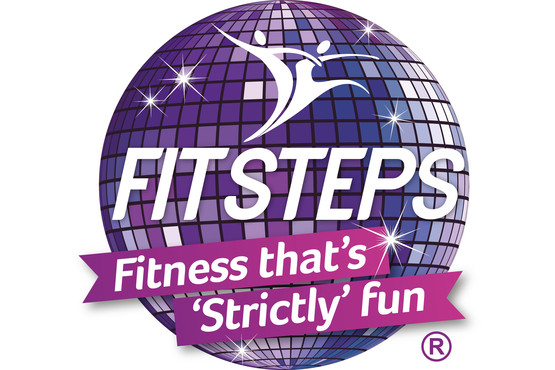 A Bristol fitness instructor and diet adviser Sarah Buscemi has added a new Strictly-themed exercise regime to her usual repertoire to enable clients to dance their way to fitness with a new Strictly-themed workout programme. Sarah has joined other Rosemary Conley consultants around the country to train in FitSteps, which was launched earlier this year by Strictly stars Natalie Lowe and Ian Waite.
A Bristol fitness instructor and diet adviser Sarah Buscemi has added a new Strictly-themed exercise regime to her usual repertoire to enable clients to dance their way to fitness with a new Strictly-themed workout programme. Sarah has joined other Rosemary Conley consultants around the country to train in FitSteps, which was launched earlier this year by Strictly stars Natalie Lowe and Ian Waite. A relatively late starter, Dane Quixall began dancing aged 16. He went on to gain a Full Scholarship at the Urdang Academy aged 18, and upon graduating, joined an International Touring Company. With a stellar success story such as Dane’s, with credits such as CATS the musical, it is any wonder that he is a true professional and works incredibly hard.
A relatively late starter, Dane Quixall began dancing aged 16. He went on to gain a Full Scholarship at the Urdang Academy aged 18, and upon graduating, joined an International Touring Company. With a stellar success story such as Dane’s, with credits such as CATS the musical, it is any wonder that he is a true professional and works incredibly hard.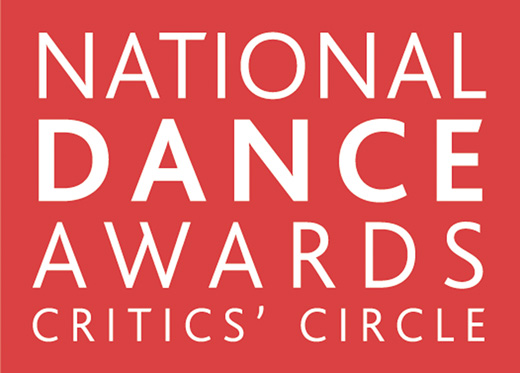 The Dance Section of the Critics’ Circle has announced the list of nominations for the 14th National Dance Awards, to be awarded at a central London venue on 27 January 2014. The National Dance Awards have been organised each year since 2000, celebrating the variety of Britain’s dance culture. They are the only awards given by the body of professional dance critics in the UK.
The Dance Section of the Critics’ Circle has announced the list of nominations for the 14th National Dance Awards, to be awarded at a central London venue on 27 January 2014. The National Dance Awards have been organised each year since 2000, celebrating the variety of Britain’s dance culture. They are the only awards given by the body of professional dance critics in the UK.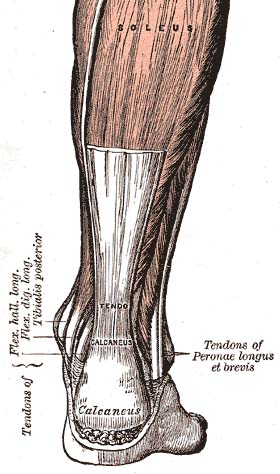 Historically, the term ‘Achilles Heel’ referred to the greatest weakness of an individual: Achilles was a figure of Greek Mythology, a hero of the Trojan War killed by a small injury to his heel. Today, following this tale, the Achilles is the small tendon connecting the calf muscle to the heel bone. The tendon is still a weakness for many dancers, most notable recently was the snapping of the tendon of a Bolshoi dancer during a performance. This was a result of tendonosis, a chronic and more serious condition where bouts of tendonitis are not treated properly or the dancer does not take adequate time to rest.
Historically, the term ‘Achilles Heel’ referred to the greatest weakness of an individual: Achilles was a figure of Greek Mythology, a hero of the Trojan War killed by a small injury to his heel. Today, following this tale, the Achilles is the small tendon connecting the calf muscle to the heel bone. The tendon is still a weakness for many dancers, most notable recently was the snapping of the tendon of a Bolshoi dancer during a performance. This was a result of tendonosis, a chronic and more serious condition where bouts of tendonitis are not treated properly or the dancer does not take adequate time to rest. The Place is once again opening it’s annual Resolution! festival up to reviewers who wish to be partnered by a professional critic and pass judgment on some of the UK’s most promising new dance companies. The Place has engaged with audiences and participants, championed the best ideas, and created inspiring conditions for artists and enthusiasts to realise their potential for over forty years, including that of Resolution!. Combining London Contemporary Dance School, Richard Alston Dance Company and the Robin Howard Dance Theatre, together with pioneering learning, teaching, outreach, recreation and professional development projects The Place champions contemporary dance in particular, and all its strands.
The Place is once again opening it’s annual Resolution! festival up to reviewers who wish to be partnered by a professional critic and pass judgment on some of the UK’s most promising new dance companies. The Place has engaged with audiences and participants, championed the best ideas, and created inspiring conditions for artists and enthusiasts to realise their potential for over forty years, including that of Resolution!. Combining London Contemporary Dance School, Richard Alston Dance Company and the Robin Howard Dance Theatre, together with pioneering learning, teaching, outreach, recreation and professional development projects The Place champions contemporary dance in particular, and all its strands. Swindon school pupils have learnt how to use dance to counter the threat of bullies, taking time out from lessons to learn about bullying through the medium of dance. Students at Holy Rood Junior School were given a talk by Pat O’Driscoll, who runs a local Matt Fiddes martial arts school, about bullying and how to counter it before his daughter Megan led a street dance session. Such a great initiative could be effective rolled out to other mainstream schools across the country.
Swindon school pupils have learnt how to use dance to counter the threat of bullies, taking time out from lessons to learn about bullying through the medium of dance. Students at Holy Rood Junior School were given a talk by Pat O’Driscoll, who runs a local Matt Fiddes martial arts school, about bullying and how to counter it before his daughter Megan led a street dance session. Such a great initiative could be effective rolled out to other mainstream schools across the country.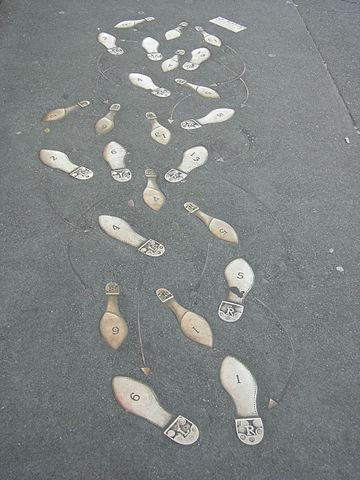 Picking up choreography in class or rehearsal can be an arduous task. If, as a dance student, it is something that you struggle with, it can be frustrating and inhibiting to observe peers grasping the movement while you are still worrying about the first eight counts. The movement can have the utmost simplicity, the counts can be clear and you can be familiar with the music, however putting the movements together and remembering them in that order can be a feat.
Picking up choreography in class or rehearsal can be an arduous task. If, as a dance student, it is something that you struggle with, it can be frustrating and inhibiting to observe peers grasping the movement while you are still worrying about the first eight counts. The movement can have the utmost simplicity, the counts can be clear and you can be familiar with the music, however putting the movements together and remembering them in that order can be a feat.